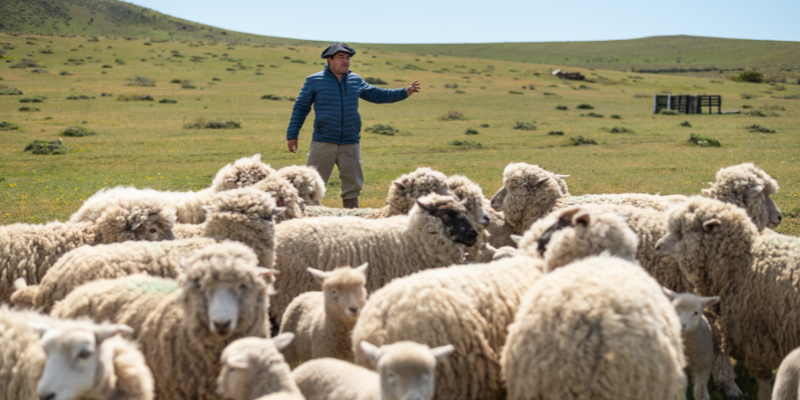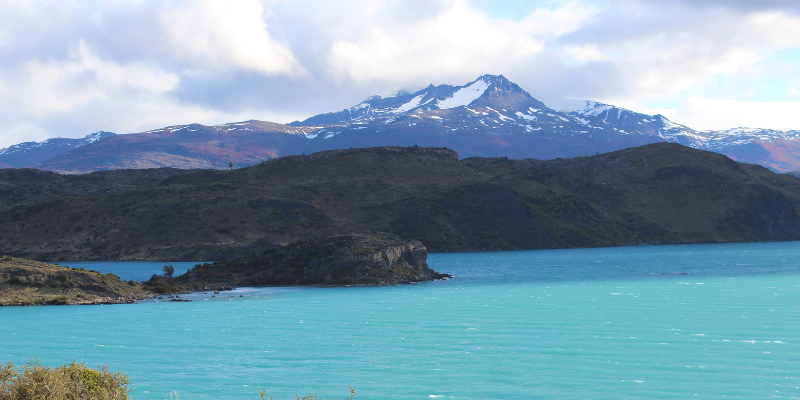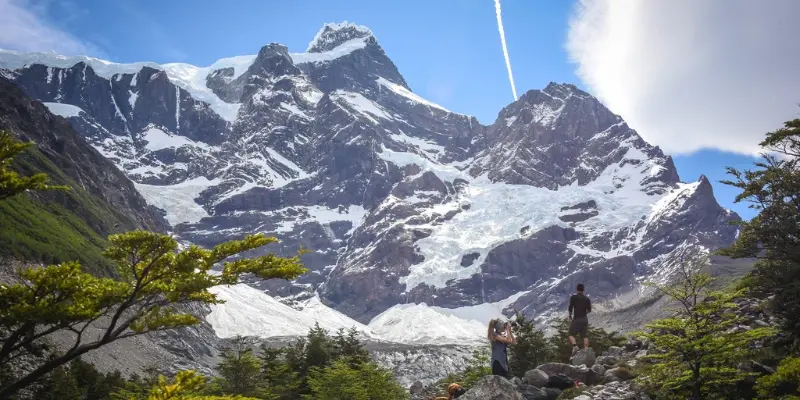Do you feel the fear? You’re not alone-- a surprising number of people suffer from vacation anxieties that can make travelling abroad uncomfortable or, in extreme cases, can keep people from pursuing their dream trip altogether.
Add to that the fact that Patagonia is a remote and untamed wilderness at the far southern tip of Chile and Argentina and you can see why it gives some people the heebie-jeebies! Yet the truth is that hiking in Patagonia is actually incredibly safe and is enjoyed by thousands of visitors each year with no problems at all. We take a look at the top 10 fears that might be standing between you and your Patagonia hiking vacation. We’ll decide if there’s any truth behind the trepidation and see what you can do to overcome your anxiety once and for all.
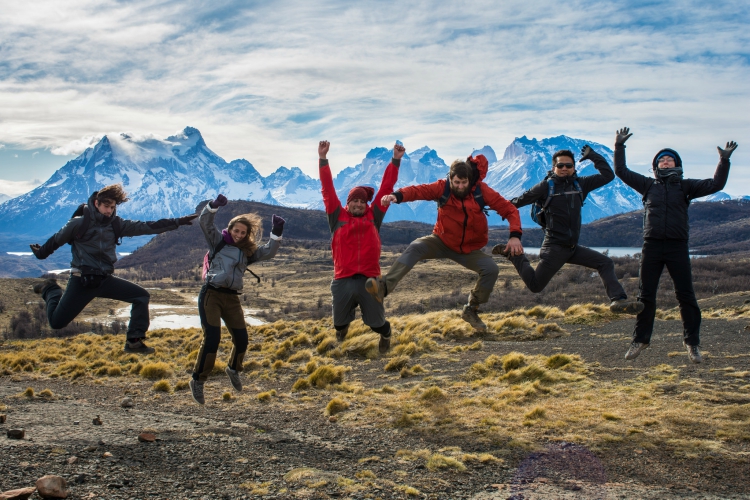
You're not alone.
1. What if I’m not fit enough to finish my Patagonia hike?
If you’ve never been hiking in your life and you’re planning on completing the nine day Torres del Paine Circuit carrying a full pack of kit and food on your back with no training, this fear might be well founded. But let’s be honest, all you need to tackle this concern is a good dose of common sense. If you’re truly concerned about your hiking capabilities, why not research flexible hiking programs like Cascada’s Patagonia Wildlife Safari, which allows you to choose from a program of excursions with varying difficulty levels each day. If you are taking on a multi-day hike, consider building up to your vacation with a training program, so you have the confidence to know your capabilities before you even set off.
.jpg?width=1920&name=PAT025%20_%20Torres%20del%20Paine%20_%20Grey%20Trail%20(1).jpg)
2. What if I get sick or injured in Patagonia?
3. I’m worried I’ll get robbed or ripped off!
The possibility of being robbed or hustled is a risk you take whenever you go abroad, just as it’s a risk you take when you step out of your front door at home. Chile is actually one of the safest countries in South America, with crime levels comparable to those in Europe, and both Chilean and Argentinean Patagonia are considered very safe. You’re very unlikely to fall victim to any kind of violent crime in Patagonia, but it’s sensible to take precautions against things such as petty theft. If you’re still on edge, buy yourself a money belt to keep valuables such as cash and passports close at all times and don’t leave your possessions unattended in shared accommodation like mountain hiking dorms.
4. What if the airline loses my luggage?
Lost luggage can be an annoyance under ordinary circumstances, but if an airline loses your hiking kit when you’re travelling down to Patagonia you may have to delay your plans or skip some treks altogether. That’s a stress that we could all do without, so if lost luggage is playing on your mind, consider the steps you can take to lessen the damage. If you’re coming for a short trip, you might be able to fit all of the necessary kit in your hand luggage as many airlines for internal flights in Chile and Argentina will allow you to take a rucksack and a small suitcase into the cabin with you. You can also try wearing important items such as hiking boots and waterproof parkas during the flight so you’ll be able to set off on your adventure as soon as you land, even if the rest of your luggage take a day or two to catch up. And remember, never check expensive items or essential medication in with your hold luggage just in case you don’t get them back!
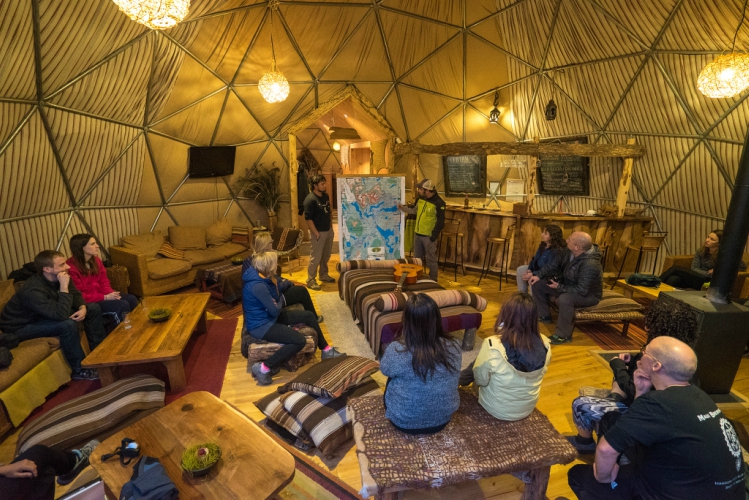
5. I can’t speak Spanish! How will I cope?
Getting by in a foreign language can be truly daunting when you travel abroad. It doesn’t help that Chilean Spanish is well-known for being laced with local idioms that you won’t ever have come across outside of the country. But there are things you can do to reduce your fear of understanding people and making yourself understood. Try downloading a language-learning app, like Duolingo. Or you could join an organised hiking tour in Patagonia and have a bilingual guide take care of all your communication needs! Failing that, Patagonia’s growing tourism industry means that you’re more likely than ever to come across an English-speaker or someone who's willing to try to help, so just speak slowly and clearly and don’t forget to be patient.
6. I’m afraid the weather will be awful.
We’re not going to lie to you, the weather in Patagonia is a capricious thing. You could be blessed with a week of flawless sunshine that leaves you wondering why you bothering bringing all of those layers. On the other hand, there are days where the wind howls for hours and the sleet falls sideways even in summer. In all likelihood, you’ll probably get a mixed-bag, but if there’s something that you absolutely must see on your Patagonia hike then incorporate the erratic weather into your itinerary by planning “spare days” in the region that you can use if your first attempt to complete the trek goes awry. If it’s getting cold while camping at night that concerns you, look into cute hybrid options like EcoCamp Patagonia, which features heated dome rooms.
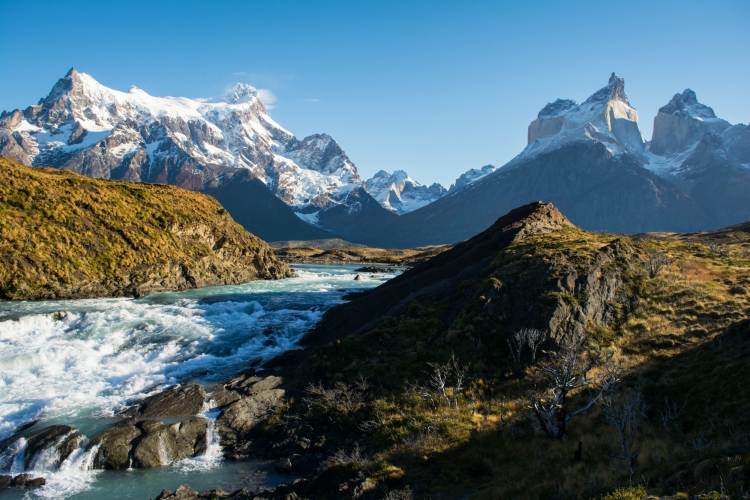
Adventure doesn't mean you'll get lost.
7. I keep thinking I’ll forget something important.
There’s a lot of planning that goes into preparing for a hike in Patagonia. It’s not just packing the suitcase, it’s arranging all of the internal flights, organising transfers and buses around the region itself, thinking about what you’re going to eat on the trekking trail and trying to book campsites or hiking lodges well in advance. With so much going on, it’s entirely natural that you might break into a cold sweat trying to think about what you might have forgotten. But there’s no reason to let it put you off travelling to Patagonia altogether. For one thing, our comprehensive W Trek checklist can be adapted for use on many Patagonia hikes (also check out our full guide featuring all you need to know to hike the W Trek). And if you still don’t fancy going it alone, you can contact Cascada’s travel experts who’ll do all the organising for you!
8. I don’t want to camp around dangerous animals.
Camping out on a multi-day hike in some parts of the world can mean hanging your food from a tree so you don’t accidentally invite a marauding bear to share your tent, or leaving your hiking boots upturned on sticks throughout the night so you don’t end up playing early morning footsie with a scorpion, deadly spider or venomous snake the next day. There are no dangerous creepy, crawly or slithering things to worry about in Patagonia, although you still might want to check your boots for harmless bugs before you go pulling them on! There are pumas in the Patagonian wilds, but aside from being very rare - you’re actually lucky if you see one! - they also actively stay away from the popular hiking trails and flee human activity. Puma attacks on humans are incredibly rare in Patagonia.
9. I’d love to hike in the mountains but I hate heights!
The fractured mass of the Andes Mountains is part of the fabric of Patagonia and many of the classic hiking trails are concentrated around the most iconic peaks. But if standing on a second-floor balcony has your reeling with an unpleasant case of vertigo then the idea going up a mountain may leave you quaking in your hiking boots. Luckily for you, Patagonia is also home to one of the world’s best treks without high altitude, according to the Lonely Planet. The W Trek in Chilean Patagonia’s Torres del Paine National Park works its way around the dominant Massif rather than taking you up to the top, so you get all of the spectacular vistas without making your head spin.
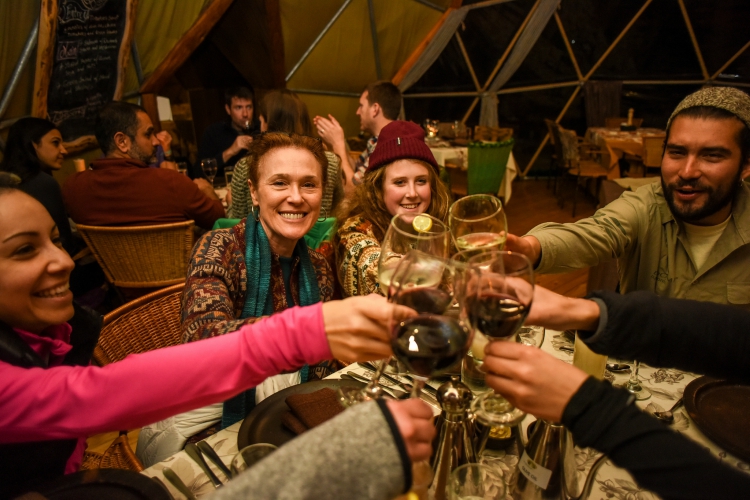
10. I’ve heard there’s no cell phone or Wifi signal in Patagonia. How will I survive?
It sounds like you’re suffering from nomophobia (look it up!) Firstly, Patagonia is home to many towns and cities with perfectly good access to cell phone signal and speedy internet, so it’s not like you’ll drop off the cyberspace map as soon as you head south. But, Patagonia is a remote place - that’s one of the things that makes it worth the trip - so there are places where you may be completely cut off from your email account. But if that thought has you hyperventilating into a paper bag, isn’t that a sign that a break from constant connectivity is exactly what you need? The best treatment for disconnection anxiety is to learn that the world is not going to stop turning if you don’t immediately tweet “Just ice trekked on Perito Moreno Glacier. Epic view! #hiking #patagonia #SMTravel”. It’s still real even though you didn’t broadcast it. Your emails will still be there when you get back. It’s time to take back the moment
We hope we’ve helped you to stop sweating the small stuff and start working up a sweat on the hiking trails of Patagonia. The hardest bit is taking the first step; the rest will follow...
Need to plan your trip to Patagonia? Contact us at reservations@cascada.travel

